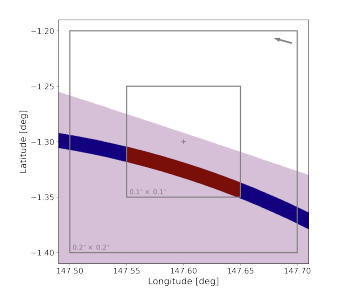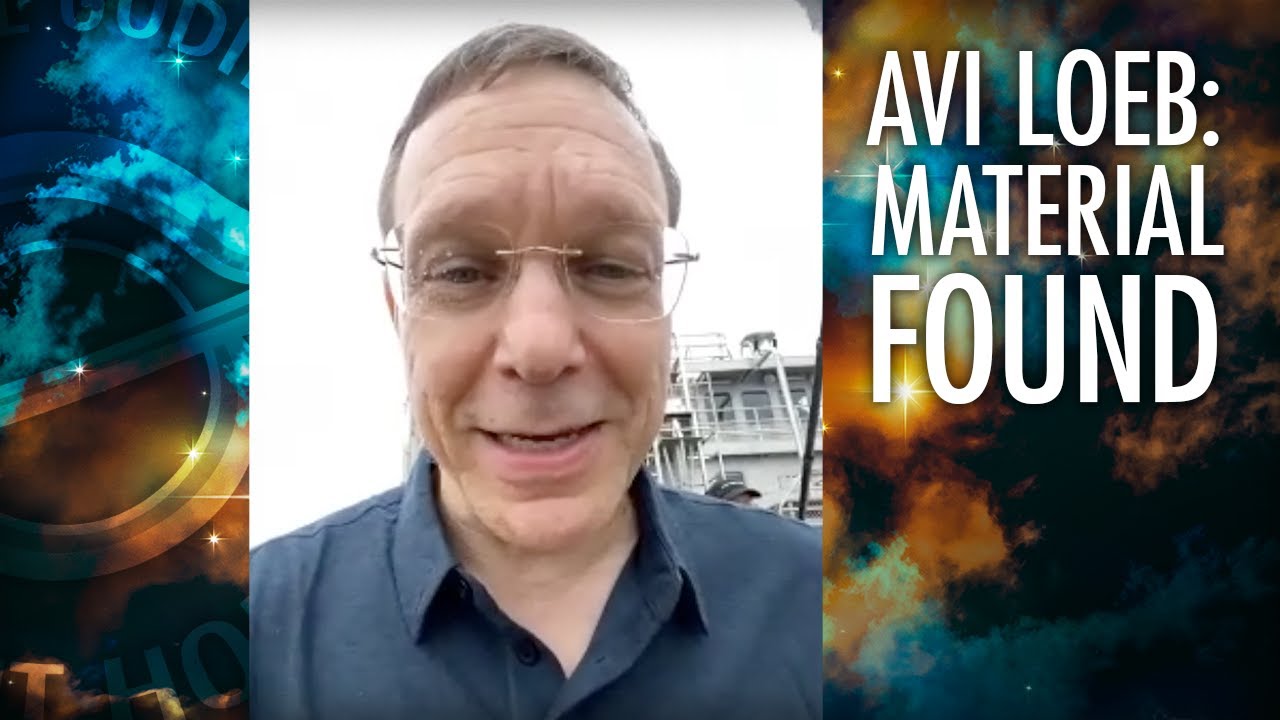On 2014-01-08 a meteor around 0.45 metres in diameter hit Earth’s atmosphere at a velocity around 60 km/sec, which means it was unbound to the solar system and hence an interstellar object. Any fragments that survived atmospheric entry were predicted to have fallen in the ocean off the coast of Papua New Guinea.
The Galileo Project is currently searching for debris from the meteor on the ocean floor around the predicted point of impact. If successful, this will be the first recovery of material which originated outside the solar system.
Avi Loeb, Harvard astronomer and founder of the Galileo Project, reports from on board the Silver Star, which is conducting the search for debris from the meteor. Prof. Loeb is posting regular updates from the expedition on his Medium site.
In totally unrelated news, an English translation of Jules Verne’s long-lost original manuscript of his wickedly funny 1901 novel La Chasse au météore, The Meteor Hunt, is now available.
5 Likes
Is this about finding a microscopic dent on one of several needles that may have been dropped on a very large hay stack?
Professor Loeb’s paper (source) describes the search grid size as follows:
The area associated with the DoD-reported localization box for the fireball is ∼ 120 km2 , but given practical constraints the expedition cannot search an area that large
As John noted, the meteorite in question is thought to have been about 0.45m in diameter. And the expedition’s approach narrowed down the grid square for the search somewhat:

Figure 4. The DoD-reported location is represented by the “plus” at the center of the plot, with the 0.1
◦ × 0.1◦ box corresponding to the area allowed by the precision of the DoD-reported coordinates. AU MANU distance constraint (projected onto the surface of the ocean) is illustrated in blue, with the ∼ 16 km2 portion that agrees with the DoD reported coordinates (given their level of precision) highlighted in red. The purple region indicates the constraint given by the AU COEN seismic signal, which is fully consistent with the AU MANU distance constraint. The gray arrow indicates the direction that the meteor was traveling in, according to DoD data.
Yesterday, the expedition post on Medium (link) announced recovering metallic debris consistent with steel + titanium2. The samples are currently being analyzed in the on-board gamma spectrometer to determine whether its radioactivity signature is would match the expectations of extra-terrestrially sourced object.
But when Ryan Weed ran the sample of shards through the X-ray Fluorescence (XRF) analyzer, the most likely alloy it flagged is X5 steel with titanium, which is also known as shock-resisting steel.
Should the expedition include a set of runs in a nearby “square” that’s away from the estimated impact location to rule out the possible unexplained presence of the same type of material?
1 Like
As discussed in the video, they have performed a number of control runs with the collection sled in similar bottom regions away from the predicted impact zone to obtain a baseline for comparison with what they find nearer the predicted impact point. I presume they will do the same with the non-magnetic sluice collection after they complete the magnetic collection recovery sweeps.
A lot depends upon how much fragmentation occurred as the object entered the atmosphere and how high. If it broke up high in the atmosphere into many small particles, the strewn field may be large and magnetic collection of tiny bits that show anomalous elemental and isotopic composition may be possible over a large area. We have an experience base of precisely zero dense, high-strength objects entering the atmosphere at velocities around 60 km/sec, so much of what is happening here is data collection in the absence of models. Think of it as science in action.
3 Likes
Yes, indeed, it is exciting and I am certain very enjoyable to embark (no pun intended) on the science expedition. Traipse around PNG and post on Medium and jog on the deck before sunrise, etc.
What I am having trouble with is the post hoc, ergo propter hoc nature of the setup used here. The magnitude of any “signal” of possible extraterrestrial provenance for the meteor would realistically be amplified a lot by high expectations and the sophisticated engineering associated with collecting and analyzing the data.
Struggling to reconcile the idea of maintaining the integrity of the scientific investigation process while publicizing and marketing every little aspect of it very strongly. Every Medium post that raises yet another interesting hypothesis and carefully articulated observation seems to further bias the outcome towards a successful find.
1 Like

